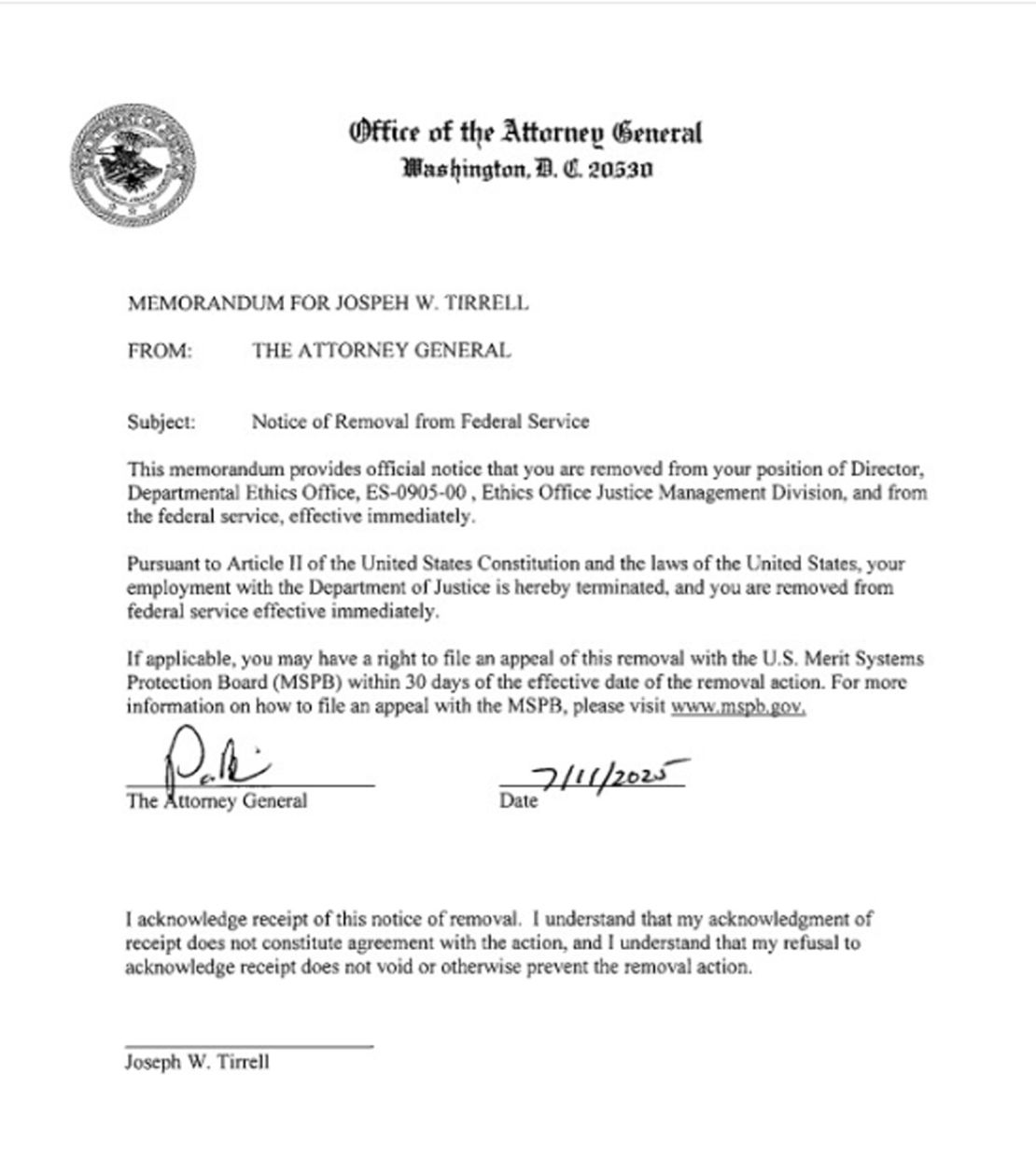New York clerk again refuses to enforce Texas judgment against doctor who provided abortion pills
A county clerk in New York on Monday again refused to file a more than $100,000 civil judgment from Texas against a doctor accused of prescribing abortion pills to a Dallas-area woman.
New York is among eight states with shield laws that protect providers from other states’ reach. Abortion opponents claim the laws violate a constitutional requirement that states respect the laws and legal judgments of other states.
Republican Texas State Attorney General Ken Paxton wants a New York court to enforce a civil decision from Texas against Dr. Margaret Carpenter, who practices north of New York City in Ulster County, for allegedly prescribing abortion medication via telemedicine.
Acting Ulster County Clerk Taylor Bruck in March refused an initial request to file the judgment, citing the New York law that shields abortion providers who serve patients in states with abortion bans. A second demand was made last week by the Texas attorney general's office, which said Bruck had a “statutory duty” to make the filing under New York civil practice law.
Bruck responded Monday that the rejection stands.
“While I’m not entirely sure how things work in Texas, here in New York, a rejection means the matter is closed,” Bruck wrote in a letter to Texas officials.
An email seeking comment was sent to Paxton's office.
The Texas case is one of two involving Carpenter that could end up testing shield laws.
Democratic New York Gov. Kathy Hochul this year invoked the state's shield law in rejecting a request to extradite Carpenter to Louisiana, where the doctor was charged with prescribing abortion pills to a pregnant minor.
Hochul, responding to the latest request from Paxton's office, claimed he was attempting to dictate “the personal decisions of women across America.”
“Our response to their baseless claim is clear: no way in hell. New York won’t be bullied," she said in a prepared statement. "And I’ll never back down from this fight.”
Michael Hill, The Associated Press
A county clerk in New York on Monday again refused to file a more than $100,000 civil judgment from Texas against a doctor accused of prescribing abortion pills to a Dallas-area woman.
New York is among eight states with shield laws that protect providers from other states’ reach. Abortion opponents claim the laws violate a constitutional requirement that states respect the laws and legal judgments of other states.
Republican Texas State Attorney General Ken Paxton wants a New York court to enforce a civil decision from Texas against Dr. Margaret Carpenter, who practices north of New York City in Ulster County, for allegedly prescribing abortion medication via telemedicine.
Acting Ulster County Clerk Taylor Bruck in March refused an initial request to file the judgment, citing the New York law that shields abortion providers who serve patients in states with abortion bans. A second demand was made last week by the Texas attorney general's office, which said Bruck had a “statutory duty” to make the filing under New York civil practice law.
Bruck responded Monday that the rejection stands.
“While I’m not entirely sure how things work in Texas, here in New York, a rejection means the matter is closed,” Bruck wrote in a letter to Texas officials.
An email seeking comment was sent to Paxton's office.
The Texas case is one of two involving Carpenter that could end up testing shield laws.
Democratic New York Gov. Kathy Hochul this year invoked the state's shield law in rejecting a request to extradite Carpenter to Louisiana, where the doctor was charged with prescribing abortion pills to a pregnant minor.
Hochul, responding to the latest request from Paxton's office, claimed he was attempting to dictate “the personal decisions of women across America.”
“Our response to their baseless claim is clear: no way in hell. New York won’t be bullied," she said in a prepared statement. "And I’ll never back down from this fight.”
Michael Hill, The Associated Press


















